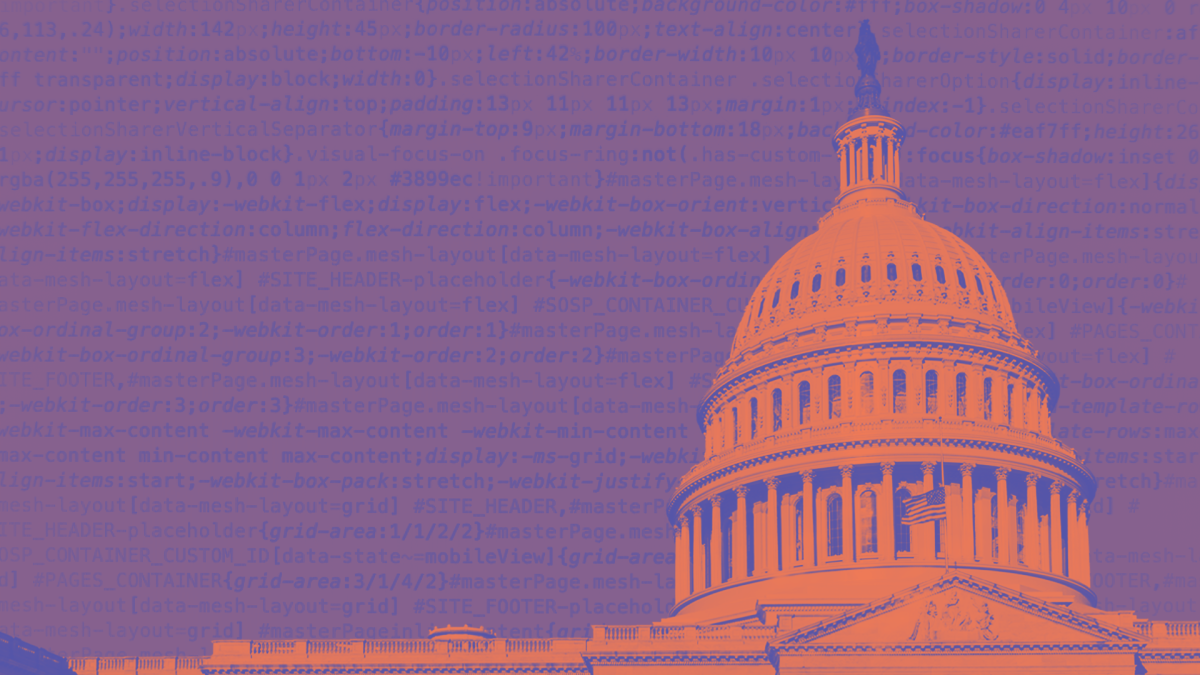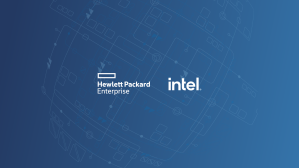- Sponsored
- Modernization
Looking beyond process automation at government agencies

Advances in artificial intelligence and business process automation are already giving public servants in federal, state and local government new and better tools to tackle their work — and their missions.
But if government agencies are to reap the benefits of those tools — and the full promise of digital transformation — it’s important that agency leaders lay out a vision for the potential of “intelligent automation” and ensure their teams are developing a roadmap to get there.

Kevin Flanagan, Director, Government & Higher Education Sales, Hyland
What does intelligent automation look like, why does it matter, and how can agencies invest intelligently when technologies like AI, machine learning and cloud services are all evolving so quickly?
While each of those technologies — along with countless applications, APIs and microservices — are helping to automate common business processes, many agencies continue to face a fundamental dilemma: how to convert and connect vast repositories of content into more fluid and actionable workflows.
Agencies face many challenges when it comes to modernizing their information systems. Perhaps the most daunting is how to release and securely share information assets from siloed systems and applications, assembled over many years, without inadvertently creating a new generation of siloed services.
Automating business processes makes tremendous sense within an organization: It saves time, streamlines decision making and reduces costs. And today’s software tools make those benefits easier than ever to accomplish.
But from a citizen’s point of view, what matters most is how well government can deliver a service experience that involves seamless delivery of content and processes from multiple departments and IT systems.
That’s where intelligent automation and content services platforms become increasingly important. They can give agencies the means to orchestrate the automated movement of information across various systems and applications, not just within a single agency or department. And they can offer a level of flexibility to ensure that information — and the decision-making rules underneath content — get delivered when and where they’re needed for government employees and the citizens they serve.
Today’s content services platforms perform several critical functions to automate workflow. According to a Gartner review, the best platforms can:
- Capture and ingest content – replacing manual data entry by pulling information out of forms and documents and make it accessible in a single, secure and central repository.
- Manage and transform content – declaring and managing records, establishing governance and providing lifecycle and metadata management.
- Process digital content – pairing digital content with line of business and workflow management tools that trigger notifications and timers to keep work flowing on schedule.
- Improve workforce productivity – connecting content-related services and business process automation to improve the management of government services.
- Synchronize shared enterprise data – allowing secure cross-agency file sharing, verification and integrated reporting for streamlined service delivery.
- Provide process transparency – allowing administrators to know where tasks and transactions stand, identify bottlenecks and ensure compliance.
The good news about intelligent automation is you don’t have to have a complete roadmap to start. Today’s modern content services platforms let you start small, integrate content workflow streams at a deliberate pace and scale within and across agencies when you’re ready.
The process is akin to erecting IT scaffolding around your existing systems and applications, to capture, manage and mobilize information and apply uniform automation and compliance rules. It allows you to create a comprehensive, yet flexible platform to augment or replace many frees-standing applications, capture the content employees and citizens need, and establish more cohesive and intelligent business process automation rules.
Put another way, content service platforms can reduce IT sprawl by helping government integrate content and orchestrate automation rules across a multitude of systems and data sets. The outcome: more intelligent automation — not just process automation — and, ultimately, smarter government where employees can focus on more valuable work and citizens can expect faster, more responsive service.
Kevin Flanagan has been helping government and higher education institutions for more than 15 years to operate more effectively and lower costs using automated content services. He currently serves as director for government and higher education sales with Hyland, recognized by Gartner as a leader in content services platforms.
Learn how Hyland has helped more than 2,300 government customers manage information, simplify processes and connect systems more effectively.






